As someone who’s spent years working with commercial kitchen equipment, I’ve seen firsthand how a well-preheated induction cooktop can make or break a busy service. Whether you’re running a bustling restaurant or a catering operation, getting your induction cooktop ready for action isn’t just a step—it’s a cornerstone of efficiency and quality. Preheating correctly ensures consistent cooking, saves energy, and extends the life of your equipment. Let me walk you through the process, share some practical tips, and address common mistakes to help you master this essential skill.
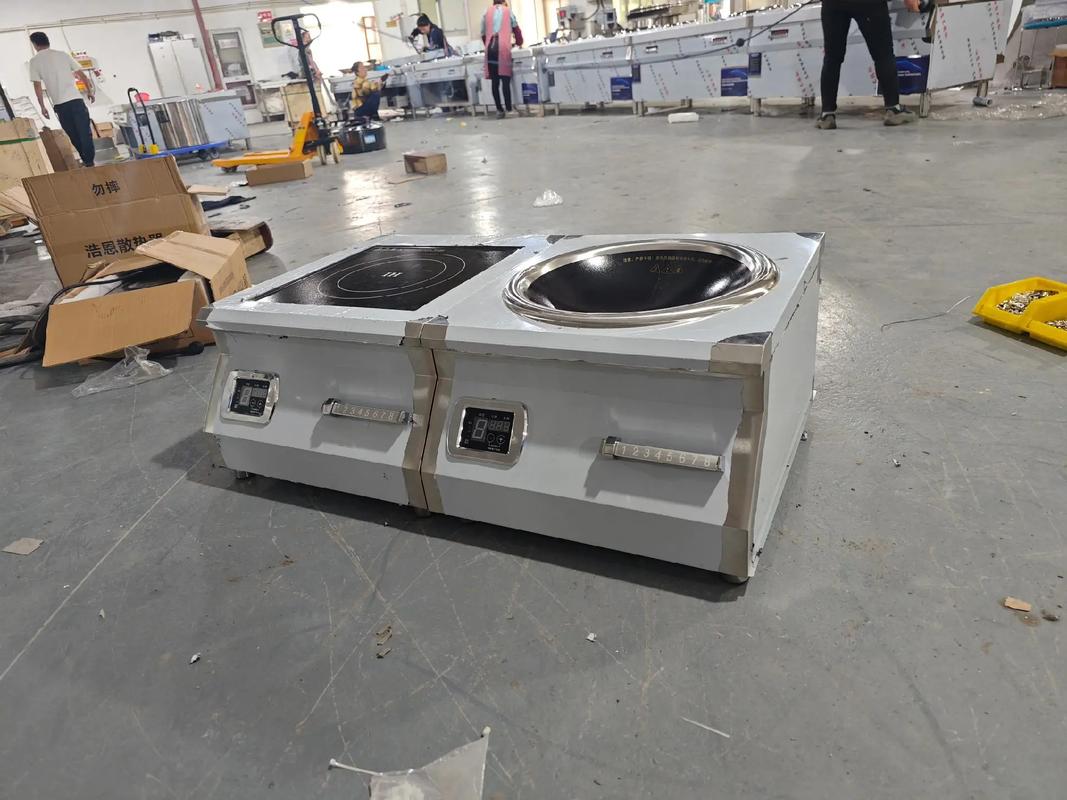
Why Preheating Matters
Induction cooktops are marvels of modern kitchen tech. Unlike gas or electric stoves, they use electromagnetic fields to heat cookware directly, offering precision and speed. But here’s the thing: skipping or mishandling the preheating process can lead to uneven cooking, wasted time, and even equipment wear. Think of preheating as warming up before a workout—it prepares the cooktop and cookware for optimal performance. Done right, it ensures your dishes come out perfectly, whether you’re searing steaks or simmering sauces.
Step-by-Step Guide to Preheating Your Commercial Induction Cooktop
Let’s break down the preheating process into clear, actionable steps. I’ve spent enough time in kitchens to know that simplicity and clarity are key when you’re juggling multiple tasks.
1. Inspect Your Equipment
Before you even turn on the cooktop, take a moment to check its condition. A clean, well-maintained induction cooktop performs better and lasts longer. Look for any food splatter, grease, or debris on the surface. Use a damp cloth with a mild cleaner to wipe it down, ensuring the glass-ceramic surface is spotless. Also, confirm that your cookware is induction-compatible—ferromagnetic materials like cast iron or certain stainless steels work best. If you’re unsure, test the pan with a magnet; if it sticks, you’re good to go.
2. Select the Right Cookware
The cookware you choose matters just as much as the cooktop itself. Induction cooktops require flat-bottomed pans to ensure maximum contact with the cooking surface. A warped or uneven pan can lead to inefficient heating and inconsistent results. I’ve seen chefs struggle with subpar cookware, wondering why their dishes aren’t turning out right. Stick to high-quality, induction-ready pots and pans with a smooth, flat base. The table below outlines some ideal cookware choices:
| Cookware Type | Material | Best Use | Key Benefit |
|---|---|---|---|
| Fry Pan | Cast Iron | Searing, frying | Excellent heat retention |
| Saucepan | Stainless Steel (Magnetic) | Sauces, soups | Even heating, durable |
| Griddle | Carbon Steel | Pancakes, flatbreads | Large surface area |
| Stock Pot | Stainless Steel | Boiling, braising | High capacity, uniform heating |
3. Turn On the Cooktop and Set the Temperature
Once your cookware is in place, power on the cooktop. Most commercial induction cooktops have a digital control panel with precise temperature settings or power levels (often ranging from 1 to 10 or 100W to 3500W). Start with a medium setting—around 50-60% of the maximum power—for preheating. This allows the cookware to heat gradually, reducing the risk of thermal shock, which can damage both the pan and the cooktop’s surface.
For example, if you’re preheating a pan for searing, aim for a surface temperature of about 350°F (175°C). Many modern induction cooktops come with a temperature probe or sensor, which I highly recommend using to monitor the pan’s heat. If your model lacks this feature, a quick trick is to sprinkle a few drops of water on the pan. If they sizzle and evaporate instantly, you’re close to the right temperature.
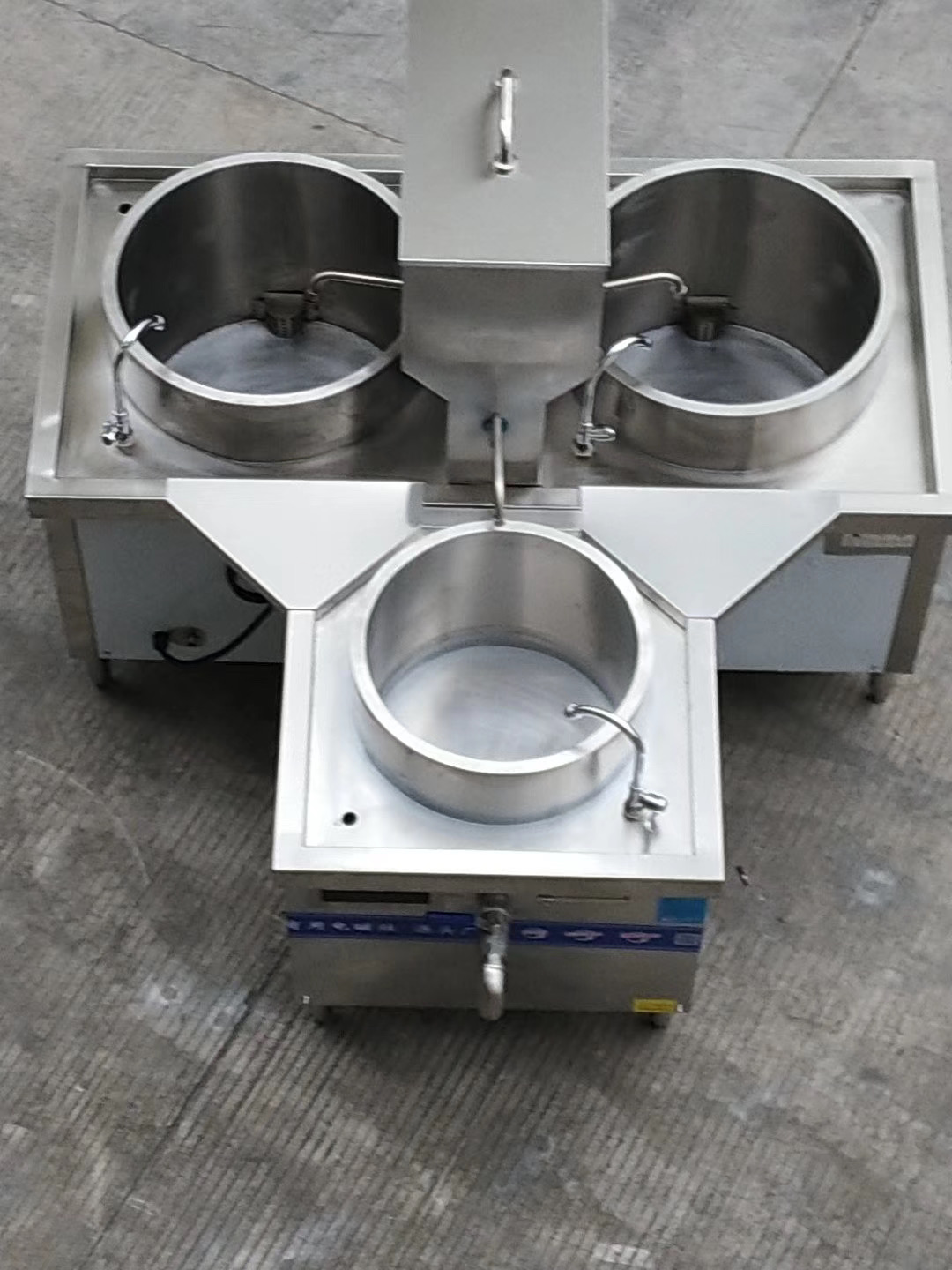
4. Allow Sufficient Preheating Time
Patience is key here. Depending on the cookware and the desired temperature, preheating can take anywhere from 2 to 5 minutes. Cast iron pans, for instance, take longer to heat evenly compared to thinner stainless steel ones. Avoid cranking the cooktop to its highest setting to speed things up—this can cause hot spots and uneven heating. I’ve seen cooks rush this step in busy kitchens, only to end up with unevenly cooked food that frustrates both the chef and the customer.
5. Test the Heat
Before you start cooking, test the pan’s readiness. A simple way is to add a small amount of oil (if your recipe calls for it) and watch how it behaves. If the oil shimmers and moves smoothly across the pan, you’re ready. For high-heat cooking like searing, the oil might start to smoke lightly—this is your cue to add ingredients. Never leave an empty pan on a high-heat setting for too long, as it can overheat and damage both the cookware and the cooktop.
6. Adjust for Specific Cooking Tasks
Different dishes require different preheating approaches. For example:
Searing or stir-frying: Preheat to a higher temperature (350-400°F or 175-200°C) to achieve a good crust or quick cook.
Simmering or slow cooking: Use a lower setting (200-250°F or 90-120°C) to maintain a steady, gentle heat.
Boiling water: Set the cooktop to a high power level, but reduce it once the water reaches a rolling boil to save energy.
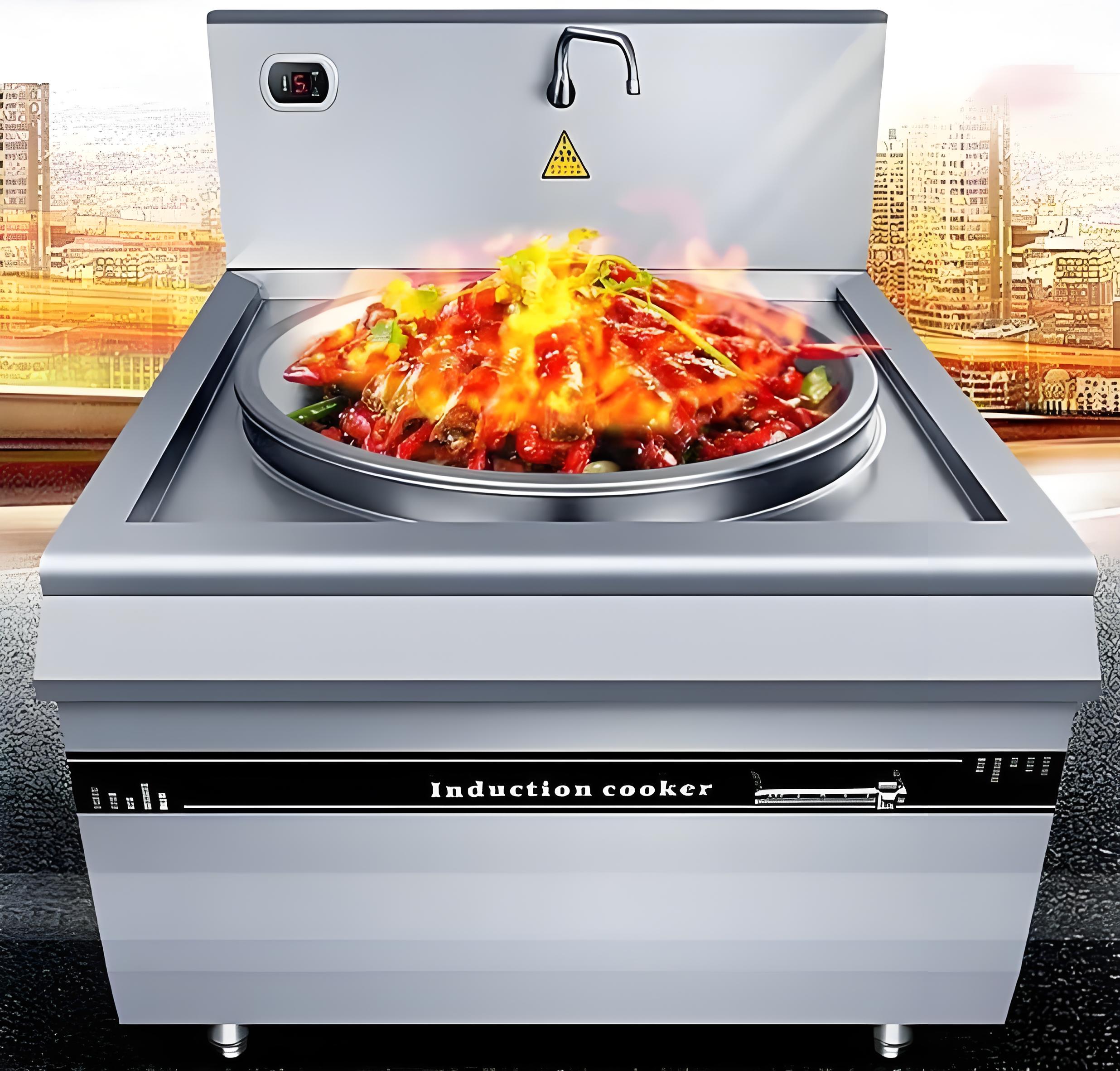
Common Mistakes to Avoid
Over the years, I’ve seen plenty of missteps when it comes to preheating induction cooktops. Here are some pitfalls to steer clear of:
Using non-induction cookware: If the pan doesn’t heat up, double-check its compatibility. Aluminum or copper pans won’t work unless they have an induction-ready base.
Overheating the pan: Turning the cooktop to maximum power right away can cause damage and uneven cooking. Gradual heating is safer and more effective.
Ignoring manufacturer guidelines: Every cooktop is different. Check the manual for specific preheating recommendations, especially for high-end models with advanced features.
Neglecting cleaning: A dirty cooktop can interfere with the electromagnetic field, reducing efficiency. Keep it clean for consistent results.
Tips for Maximizing Efficiency
To get the most out of your commercial induction cooktop, consider these practical tips I’ve picked up from years in the field:
Use the right pan size: Match the cookware diameter to the burner’s size. A pan that’s too small or too large wastes energy and heats unevenly.
Leverage power boost modes: Many commercial models have a “boost” function for rapid heating. Use it sparingly for boiling water or quick preheating, but don’t rely on it for extended periods.
Monitor energy usage: Induction cooktops are energy-efficient, but preheating multiple burners at once can strain your kitchen’s power supply. Stagger preheating if possible.
Invest in quality cookware: Cheap pans wear out quickly and perform poorly. Spend a bit more for durable, induction-compatible options.
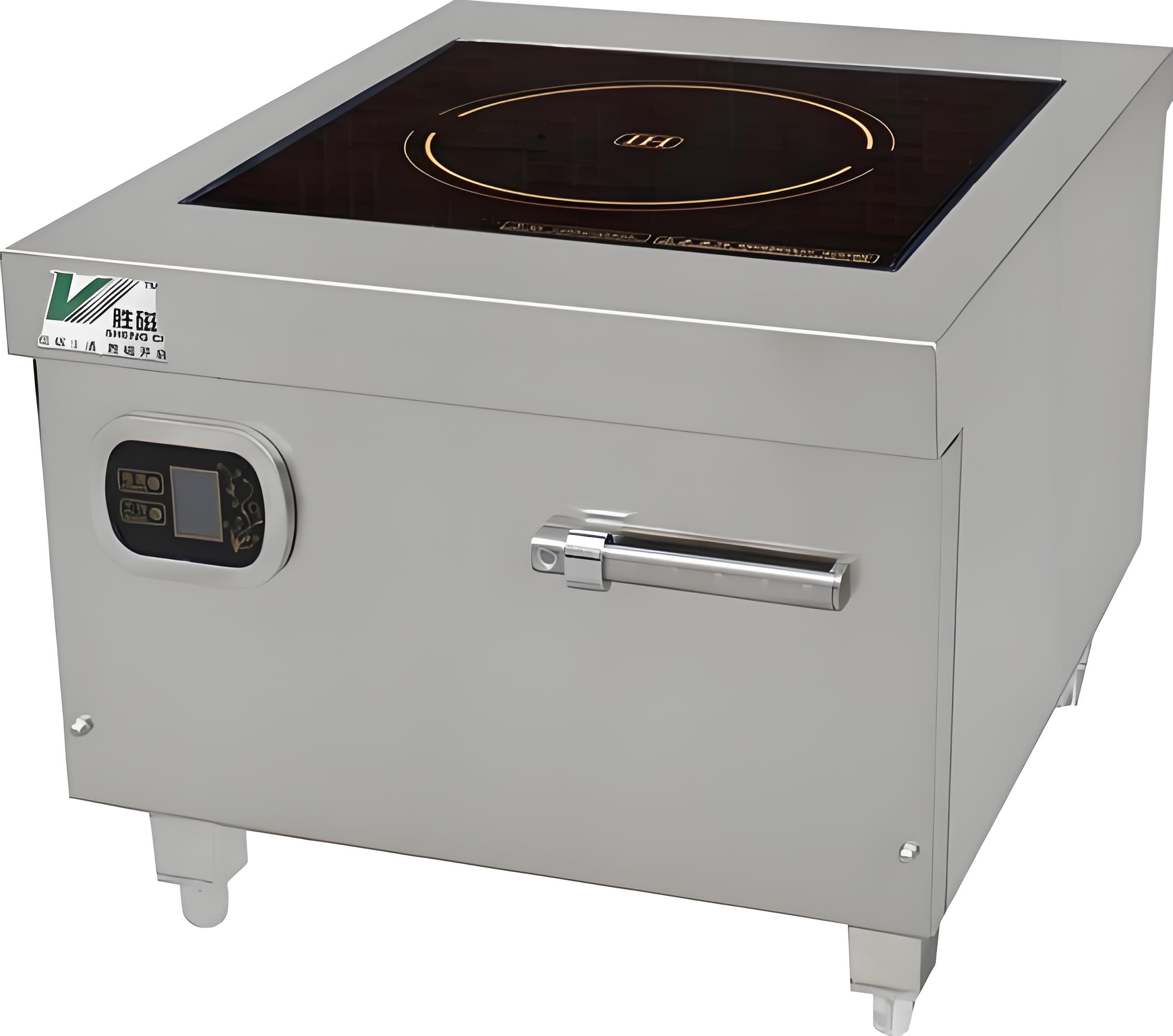
Maintaining Your Induction Cooktop
Preheating is just one part of keeping your cooktop in top shape. Regular maintenance ensures it performs reliably during those hectic dinner rushes. Clean the surface after every use with a non-abrasive cleaner to prevent buildup. Check for cracks or scratches on the glass-ceramic surface, as these can affect performance. Also, schedule periodic professional inspections to ensure the internal components are functioning correctly.
Here’s a quick maintenance checklist:
| Task | Frequency | Tools Needed | Why It Matters |
|---|---|---|---|
| Surface Cleaning | Daily | Damp cloth, mild cleaner | Prevents residue buildup |
| Cookware Inspection | Weekly | Visual check, magnet | Ensures compatibility |
| Calibration Check | Monthly | Thermometer or probe | Maintains accuracy |
| Professional Service | Annually | Technician | Extends equipment life |
The Bigger Picture: Why Induction Cooktops Shine
Beyond preheating, it’s worth noting why induction cooktops are a game-changer for commercial kitchens. They’re faster than gas or electric alternatives, often heating up in half the time. They’re also safer—no open flames or hot coils mean fewer burns and fire risks. Plus, their energy efficiency can save you hundreds (or thousands) of dollars annually on utility bills. I’ve worked in kitchens where switching to induction slashed energy costs by 20%, which is no small feat in a high-volume operation.
Wrapping Up
Mastering the art of preheating a commercial induction cooktop is about more than just turning on a switch. It’s about understanding your equipment, choosing the right tools, and respecting the process. By following these steps—inspecting your cooktop, selecting proper cookware, setting the right temperature, and testing the heat—you’ll set yourself up for success in the kitchen. Avoid common mistakes, maintain your equipment, and you’ll not only improve your cooking but also make your workflow smoother and more efficient.
After years of working with induction cooktops, I can tell you that taking the time to preheat properly is like laying a strong foundation for a house. It might seem like a small step, but it’s one that pays off in every dish you serve. Got a busy kitchen or specific questions about your setup? Feel free to dive into the Q&A below or experiment with these tips during your next shift.
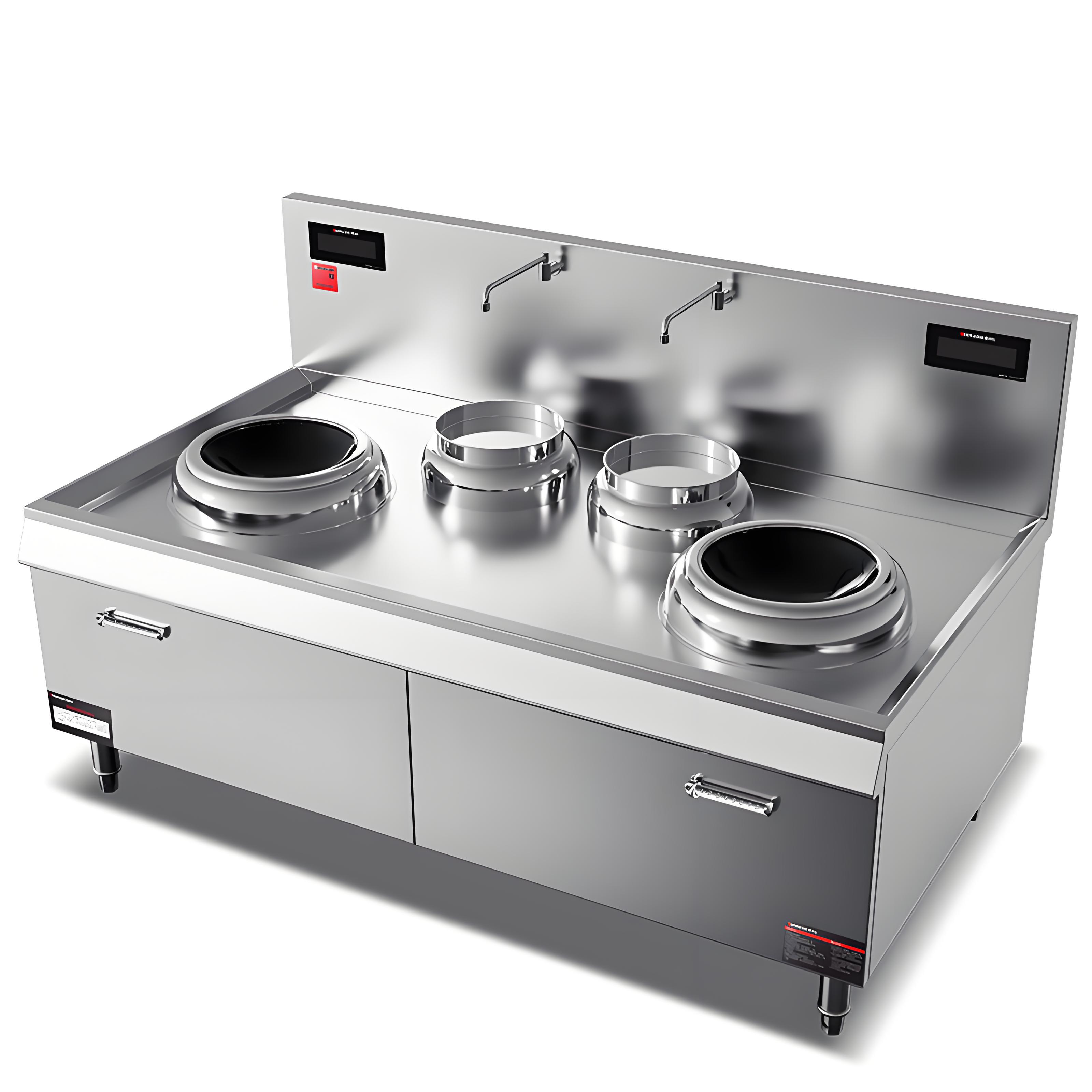
Related Questions and Answers
Q: How do I know if my cookware is induction-compatible?
A: Test it with a magnet. If the magnet sticks to the bottom of the pan, it’s ferromagnetic and will work on an induction cooktop. Also, look for an induction symbol (a coil-like icon) on the cookware’s packaging or base.
Q: Can I preheat an empty pan on an induction cooktop?
A: It’s not recommended. Empty pans can overheat quickly, risking damage to both the pan and the cooktop. Always have something in the pan (like oil or water) or start cooking soon after preheating.
Q: Why does my induction cooktop seem to heat unevenly?
A: Uneven heating is often due to mismatched cookware size, warped pans, or a dirty cooktop surface. Ensure the pan’s base is flat and matches the burner’s diameter, and keep the cooktop clean.
Q: How long should preheating take?
A: It varies by cookware and temperature, but expect 2-5 minutes. Thicker materials like cast iron take longer. Use a medium setting and test the heat with oil or water to confirm readiness.
Q: Are there energy-saving tips for preheating?
A: Yes! Use the right-sized pan, avoid max power unless necessary, and stagger preheating multiple burners to reduce strain on your kitchen’s power supply.





